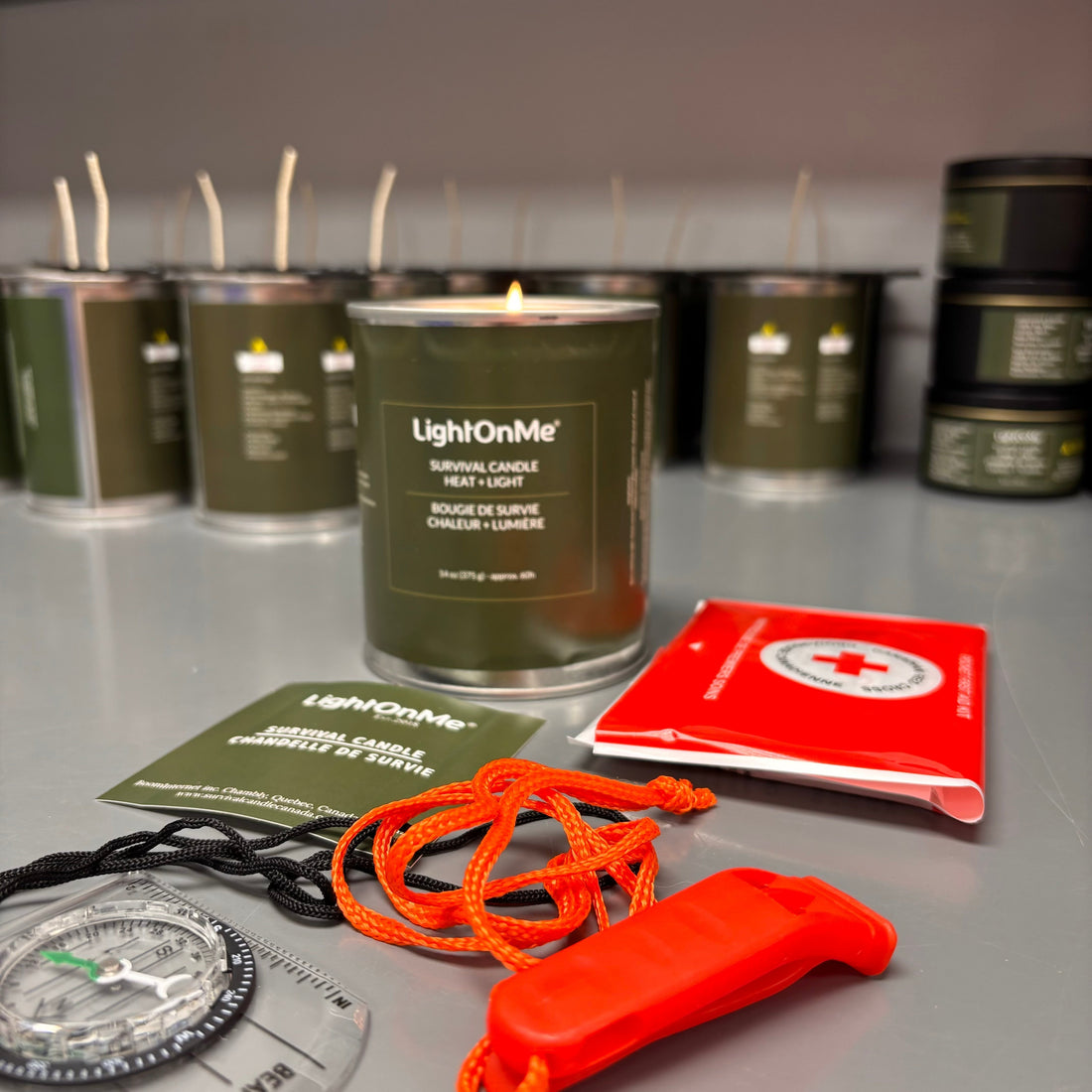
Emergency Management Guide
Share
**1. Stay calm**: Panic can make the situation worse. Try to stay calm to think clearly and make effective decisions.
**2. Assess the situation**: Take a moment to assess the nature and severity of the emergency. Determine whether it requires immediate action or if there are potential hazards to consider.
**3. Call for help**: If necessary, dial the appropriate emergency number. In most countries, this is 911 or 112. Clearly explain the situation and your location so that emergency services can help you quickly.
**4. Ensure your safety**: Before helping others, ensure your own safety. Stay away from potential hazards such as fires, gas leaks, or unstable structures.
**5. Help others if you can do so safely**: If you can do so safely, help people in distress. This may involve administering first aid, reassuring panicked people, or helping them evacuate.
**6. Follow instructions from authorities:** If authorities give instructions, follow them carefully. These may include evacuation orders, areas to avoid, or guidelines to minimize risks.
**7. Gather emergency supplies:** Keep essential emergency supplies on hand, including a first aid kit, water, non-perishable food, a flashlight, batteries, a portable radio, and warm clothing.
**8. Stay informed:** Stay informed about the situation by listening to the radio, watching the news on television, or following instructions from local authorities via social media or emergency alerts.
**9. Stay in touch with your loved ones:** Make sure your loved ones are safe and keep them informed of your situation if possible. Keep the lines of communication open to ensure everyone's safety.
**10. Be prepared**: Learn first aid, know emergency numbers, and prepare yourself by creating an action plan for different emergency situations. By being prepared, you will be better equipped to handle any situation.
